Home > Climate News >

Arctic Ocean acidifying up to four times as fast as other oceans, study finds
Acidification of the western Arctic Ocean is happening three to four times faster than in other ocean basins, a new study has found.
The ocean, which absorbs a third of all of the carbon dioxide in the atmosphere, has grown more acidic because of fossil fuel use. Rapid loss of sea ice in the Arctic region over the past three decades has accelerated the rate of long-term acidification, according to the study, published in Science…
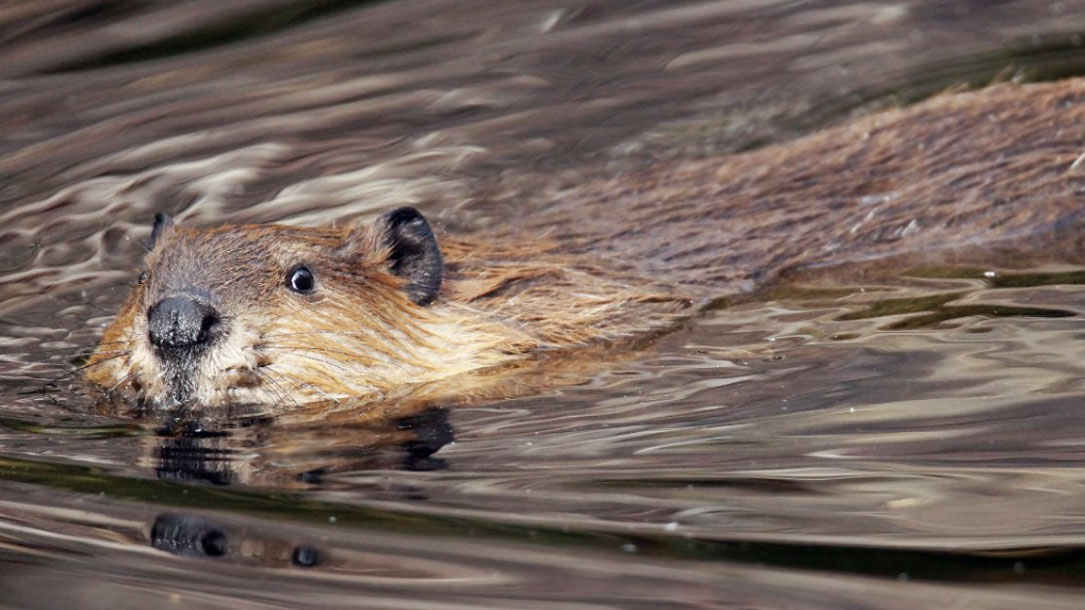
Saving Our Swamps [Letter in the New Yorker Magazine]
Here you will find a short letter submitted by the land trust’s executive director, under the heading “Letters respond to Annie Proulx’s piece about swamps” (and beavers as part of the climate solution):
The dewatering of North America that Proulx describes was underway well before the nineteenth century, when westward expansionists began cutting down forests and farmers began draining and tilling fields. By the time those people were “reclaiming” land for their use, fur traders had been wreaking havoc on our wetlands for almost two hundred years, through the commodification of beavers…
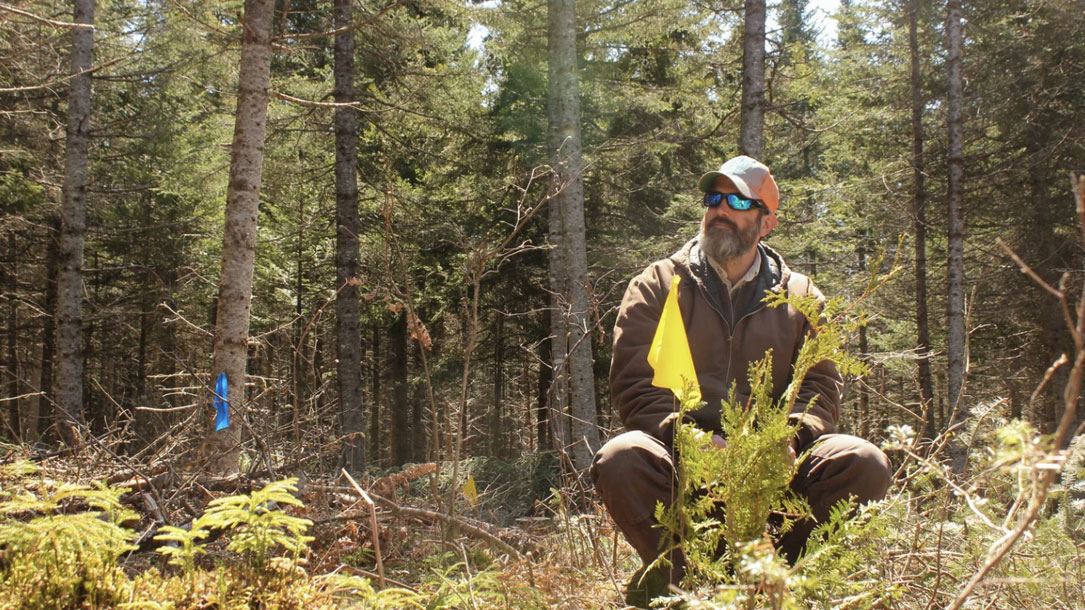
Foresters hope ‘assisted migration’ will preserve landscapes as the climate changes
“Thinking about actively moving species around is a little, well a lot uncomfortable for us,” acknowledges Abe Miller-Rushing, the science coordinator for Acadia National Park in Maine. “What might be the kind of unintended consequences? What diseases might we unintentionally move around if we move species around?”
He says, historically, the Parks Service has preferred hands-off management and modeled restorations on past conditions. In Acadia though, he noted, not intervening as warming takes place could mean the park’s iconic evergreen forests get replaced by shrubland, dominated by invasive bushes…

How is the jet stream connected to simultaneous heat waves across the globe?
“As often happens in the atmosphere, it is connected: if we see an extreme event in one place, it can be connected to extreme events in another,” said Stephen Belcher, chief scientist at the U.K. Met Office. “The Met Office forecasters are looking very, very closely at this wavenumber 5 pattern to see how long it persists,” he added…
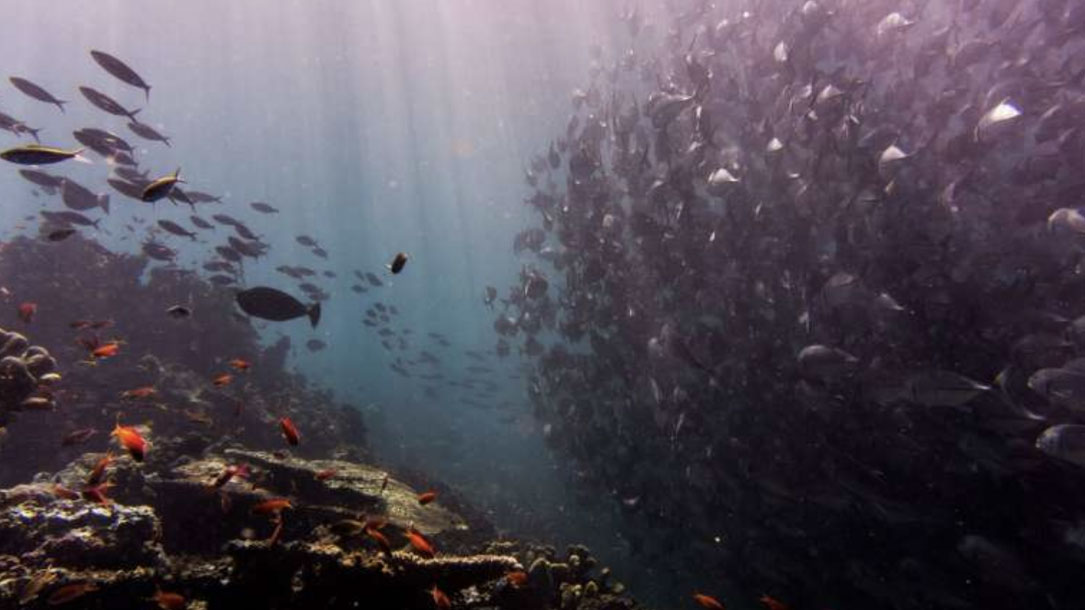
Study shows 90% of marine species at risk of extinction in 78 years if greenhouse gas emissions are not curbed
Greenhouse gas emissions impact the world’s climate in two ways. They raise the temperature of the atmosphere (and by extension, Earth’s surfaces and bodies of water) by holding in heat, and in the case of CO2 emissions, they make water more acidic, like carbonated soft drinks…
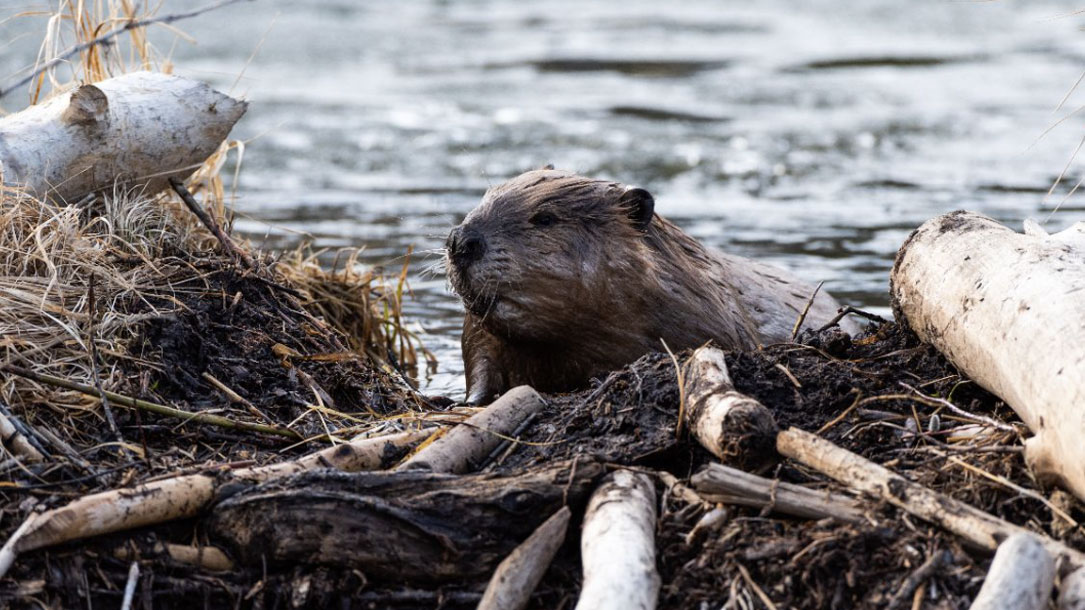
Beaver: The North American freshwater climate action plan
Rivers and streams, when fully connected to their floodplains, are naturally resilient systems that are increasingly part of the conversation on nature-based climate solutions. Reconnecting waterways to their floodplains improves water quality and quantity, supports biodiversity and sensitive species conservation, increases flood, drought and fire resiliency, and bolsters carbon sequestration. But, while the importance of river restoration is clear, beaver-based restoration—for example, strategic coexistence, relocation, and mimicry—remains an underutilized strategy despite ample data demonstrating its efficacy.
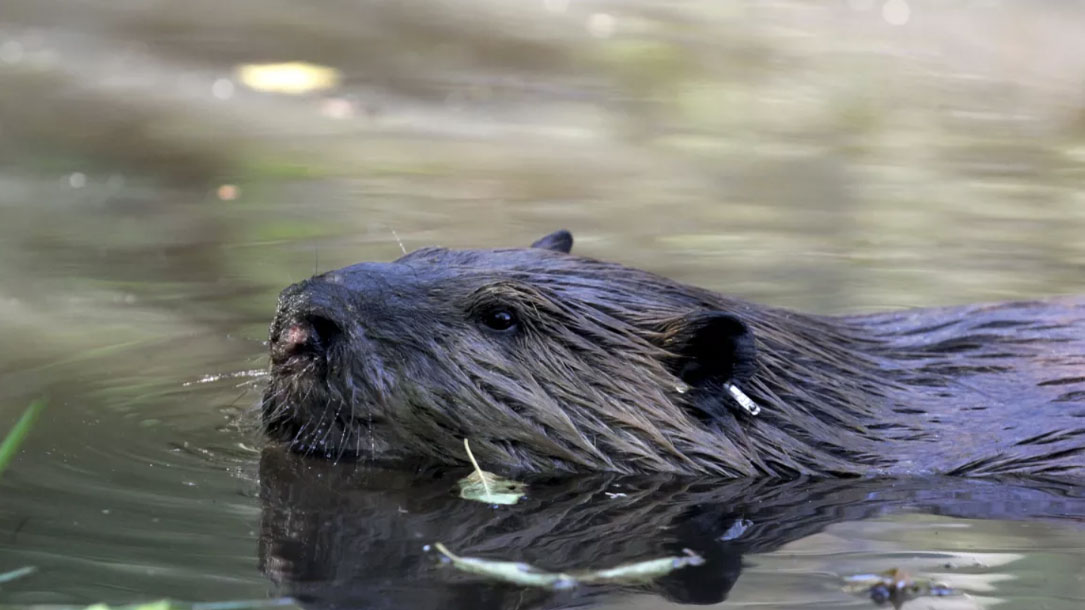
Want to fight climate change and drought at the same time? Bring back beavers
There’s a strong consensus among scientists and environmental managers on the benefits of working with beavers to protect our natural environments. Beavers can help us continue to live on, work with, and enjoy our Western landscape. As ecosystem engineers, they build dams and dig canals to escape predators. Their manipulation of plants for food and building materials produces wide-ranging environmental gains…

Riverscapes as natural infrastructure: Meeting challenges of climate adaptation and ecosystem restoration
Rivers have been diminished, simplified, and degraded globally by the concentration of agriculture, transportation, and development in valley bottoms over decades and centuries, substantially limiting their ecological health and value. More recently, climate change is steadily increasing stress on aging traditional, gray infrastructure. Recent trends in river management present an opportunity to address both the ecological degradation and climate stress.

Mississippi river basin could be in an ‘extreme heat belt’ in 30 years
The study finds that, on average, the number of extremely hot days will more than double in that same period.
In Kansas, for example, the temperature soared above 98 degrees for seven days this year. By 2053, Kansans can expect 20 days at that temperature.
“We need to be prepared for the inevitable,” said Matthew Eby, founder and CEO of First Street Foundation. “A quarter of the country will soon fall inside the extreme heat belt, with temperatures exceeding 125 degrees Fahrenheit, and the results will be dire.”
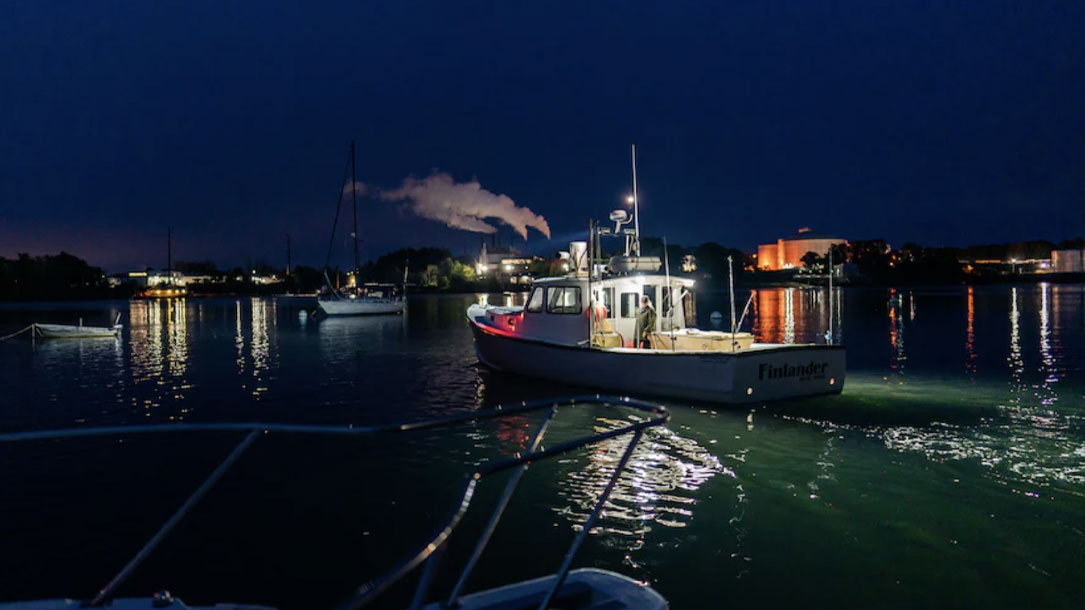
Gulf of Maine waters spiked to record warm levels in fall 2021
Water temperatures in the Gulf of Maine this fall felt more like summer. A little too much.
The Gulf of Maine Research Institute announced the warmth of inlet waters adjacent to Maine and northern Massachusetts was the highest on record between September and November — by a lot. Last year was nearly 0.5 degrees warmer than 2012, which previously held the title for warmest fall. Sea surface temperatures during the season hovered above 60 degrees through almost the end of October, about 6 degrees above normal.












